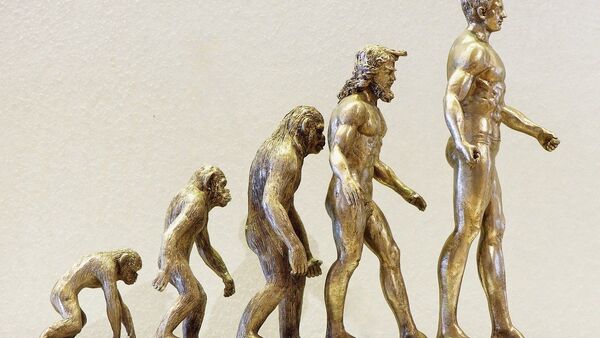Scientists have discovered the remains of an ancient creature that may tell us more about the evolution of bipedalism. The ape named Danuvius guggenmosi lived 11.6 million years ago on the territory of present-day Germany. Scientists uncovered several remains belonging to at least four individuals including vertebrae, lower arm and foot bones. The findings suggest that the animal had a long and flexible back that allowed it to stay balanced when walking on its hind feet and strong arms, which led scientists to assume the ape could have lived on trees.
Scientists presume that Danuvius guggenmosi had a unique way of moving around – it walked on its hind feet and hung on its strong arms. What is so special about this discovery is that if scientists’ hypothesis is confirmed this would mean that bipedalism emerged millions of year earlier and is not a unique feature of hominins, the evolutionary group to which we belong. It would also shed light on how and when bipedalism evolved.
"What makes things really complex now is, what defines hominins if not habitual bipedalism? Our paper may create a dilemma for the definition of hominins", says paleoanthropologist Madelaine Böhme at the University of Tübingen in Germany, who co-led the research.
Jeremy DeSilva, an anthropologist at Dartmouth College in Hanover who reviewed the research paper, agrees that Danuvius guggenmosi could be bipedal and stressed that the discovery would lead to more research in this area. "This would stir the pot", DeSilva said.
Other scientists, however, remain skeptical as it’s not yet clear which branch of the evolutionary tree the ancient ape belongs to. Scott Williams, a paleoanthropologist at New York University, said fragments of the spine are too small and hence its hard to verify whether the ape had a long back and was able to walk upright. Sergio Almécija, a paleoanthropologist at the American Museum of Natural History in New York City said it would be hard to confirm the hypothesis as the remains are deformed.



